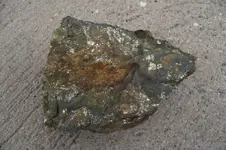From your pictures, your rocks are igneous--heat formed, and they've allowed mineral crystals to form, so they were forced up in hot solution at some point and were intruded into the host rock. These are the same types of conditions that allow gold to rise and cool. However, many other metals also are forced up in solution, including pyrites, lead, iron, etc.
Your most recent photo where the break has exposed the inside of the rock looks a lot like pyrite, and if there's magnetic particles accompanying it, most likely it's iron ore in the form of magnetite. If there's lead running with it, that would set off the detector with the discrimination set higher. Taken in all, there might just be too much metal in your samples to not have the detector sound off on it, even using the discrimination circuit, especially if there's lead with your sample. Lead of course will sound off when you are using the discriminator. Some of the worst hot rocks are the ones with lead in them. However, not being able to know exactly what's in your sample makes this all rather perfunctory. If you really want to know for sure, you'll have to pay for an assay, or you may be able to find a college or university that will tell you what you've got if you're lucky.
All the best,
Lanny



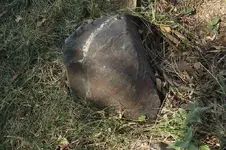
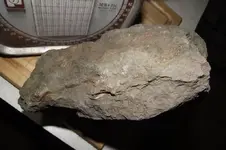
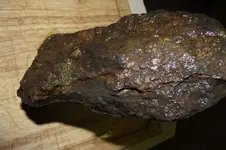
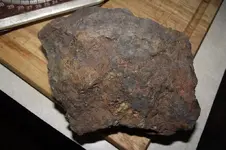
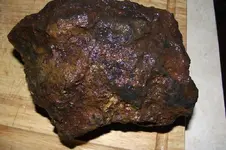
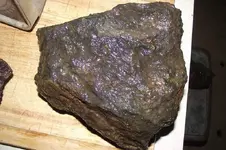
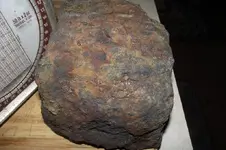

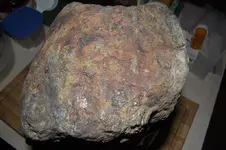
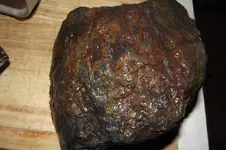
 .
.